8 cm Kawakawa Toki, Classic
This is a stunning example of a large classic style toki.
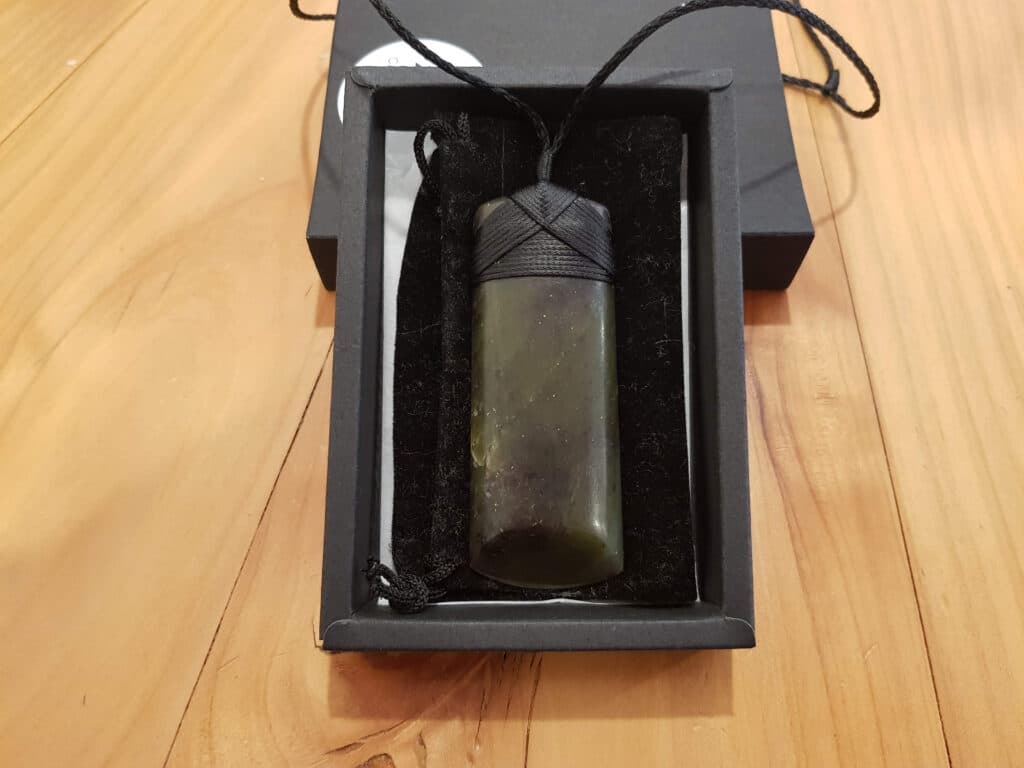
Gorgeous kawakawa pounamu that is named for the colour of the plant with the name kawakawa.
This is a stunning example of a large classic style toki.

Gorgeous kawakawa pounamu that is named for the colour of the plant with the name kawakawa.
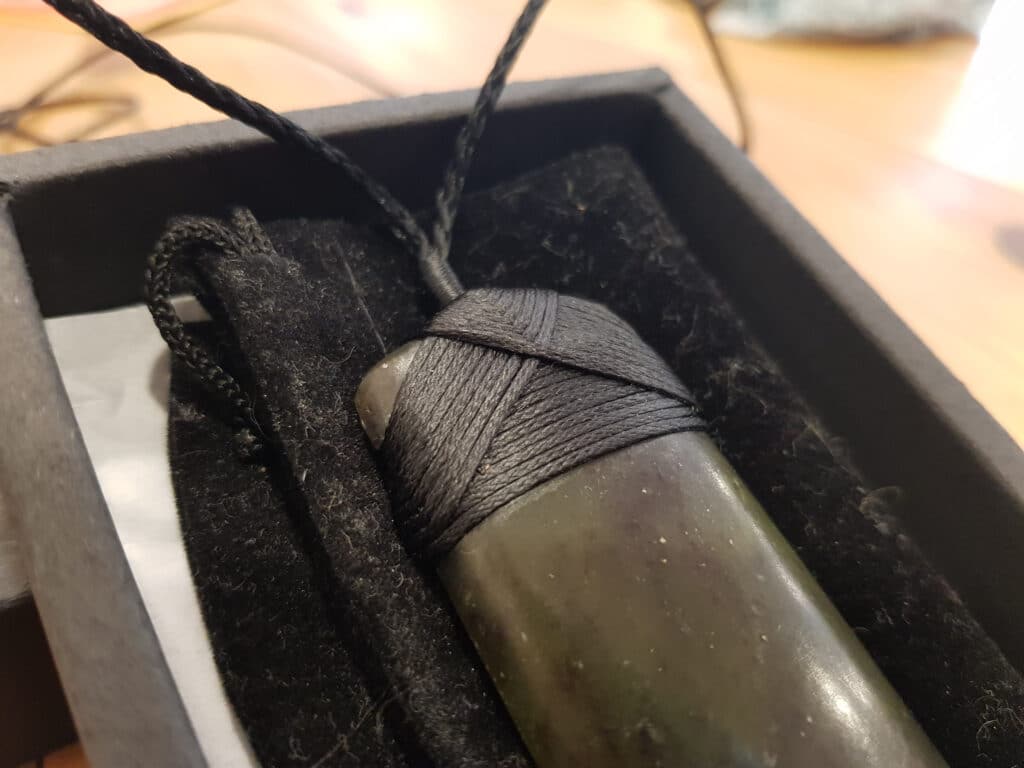
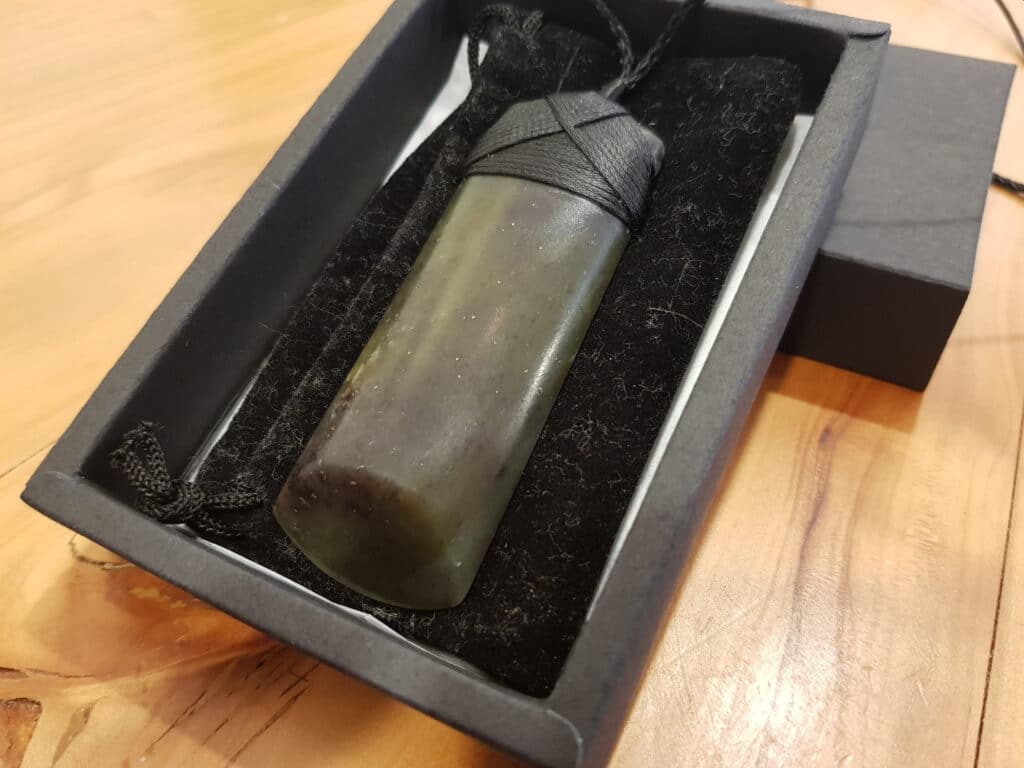
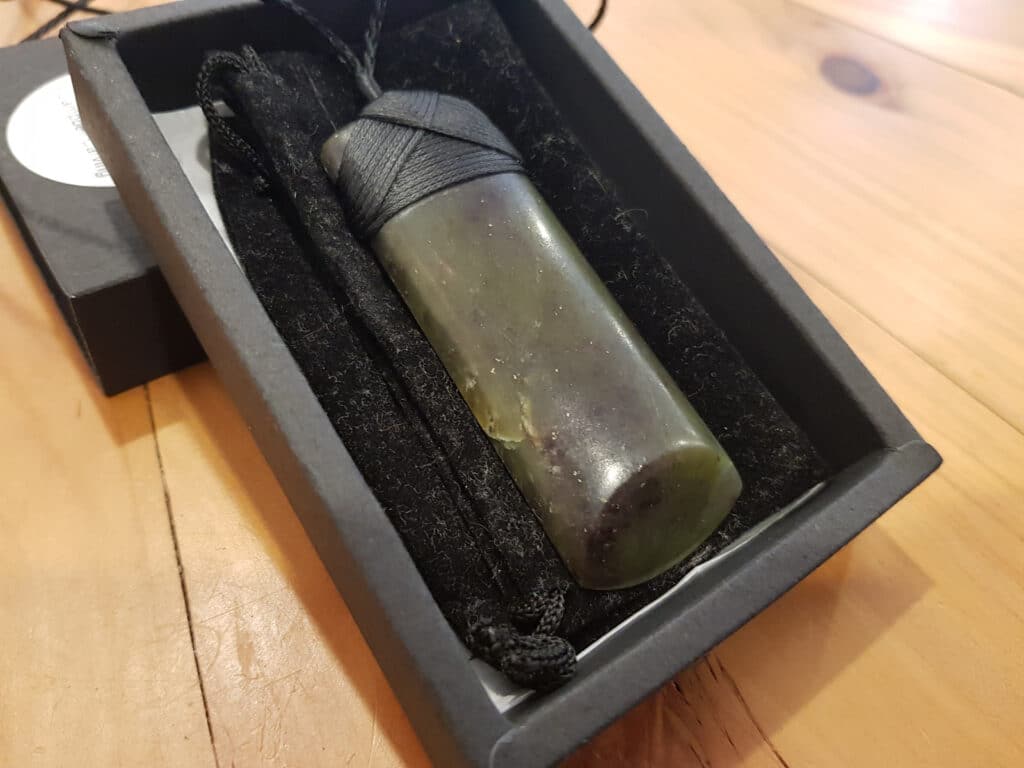

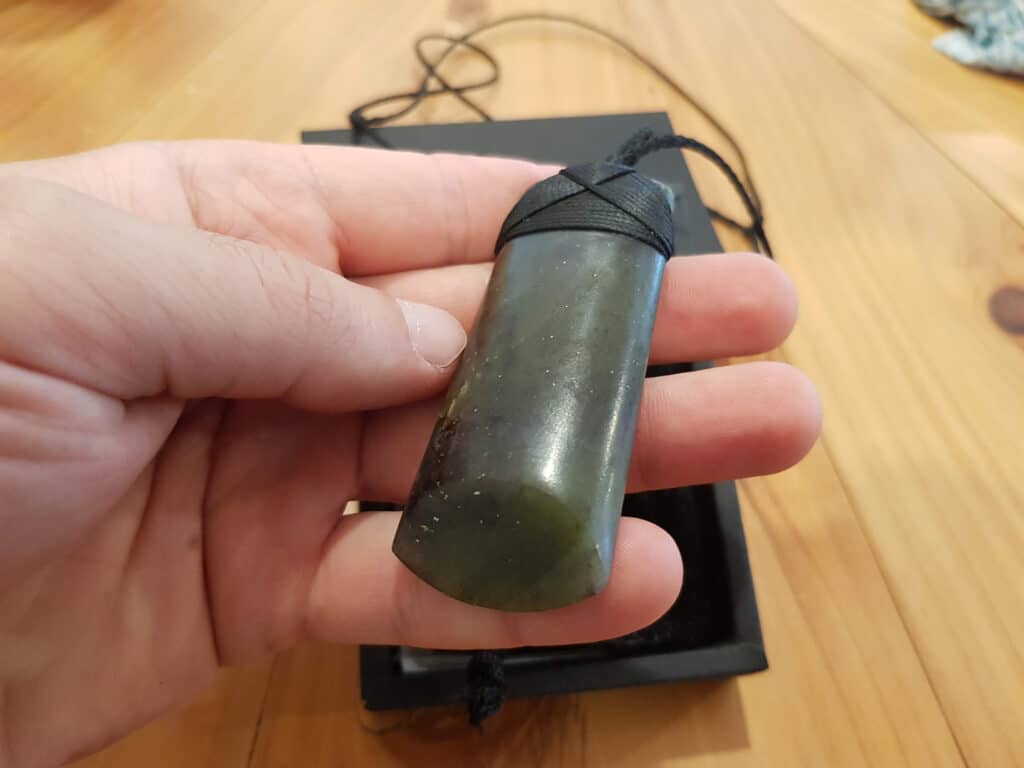
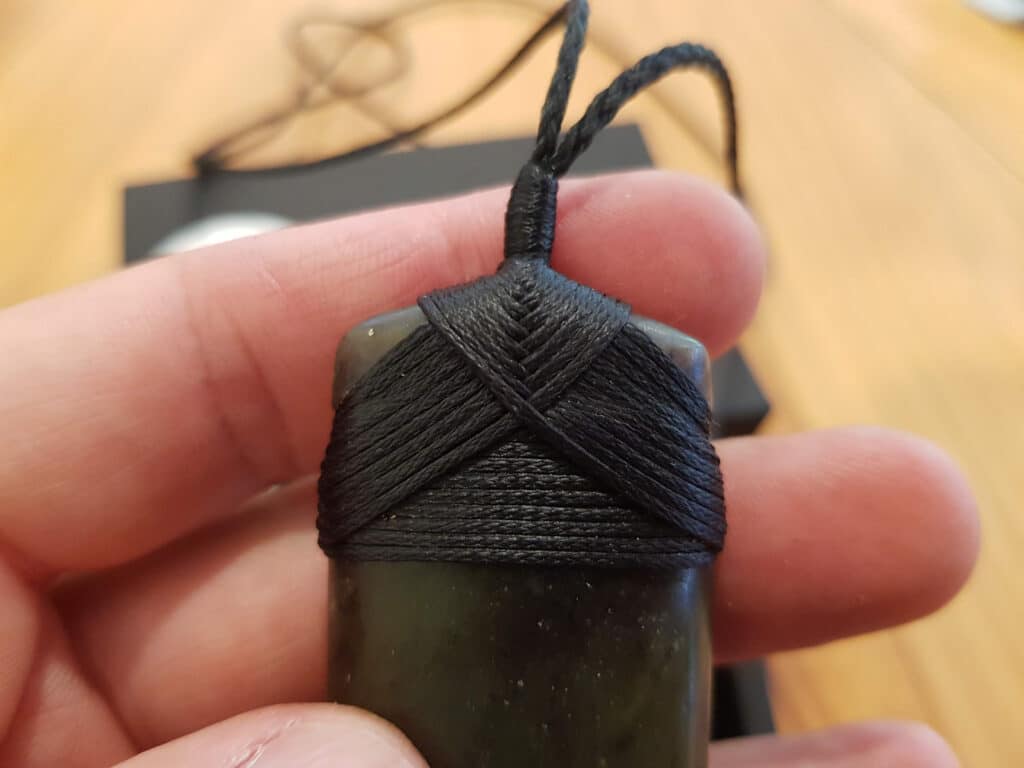
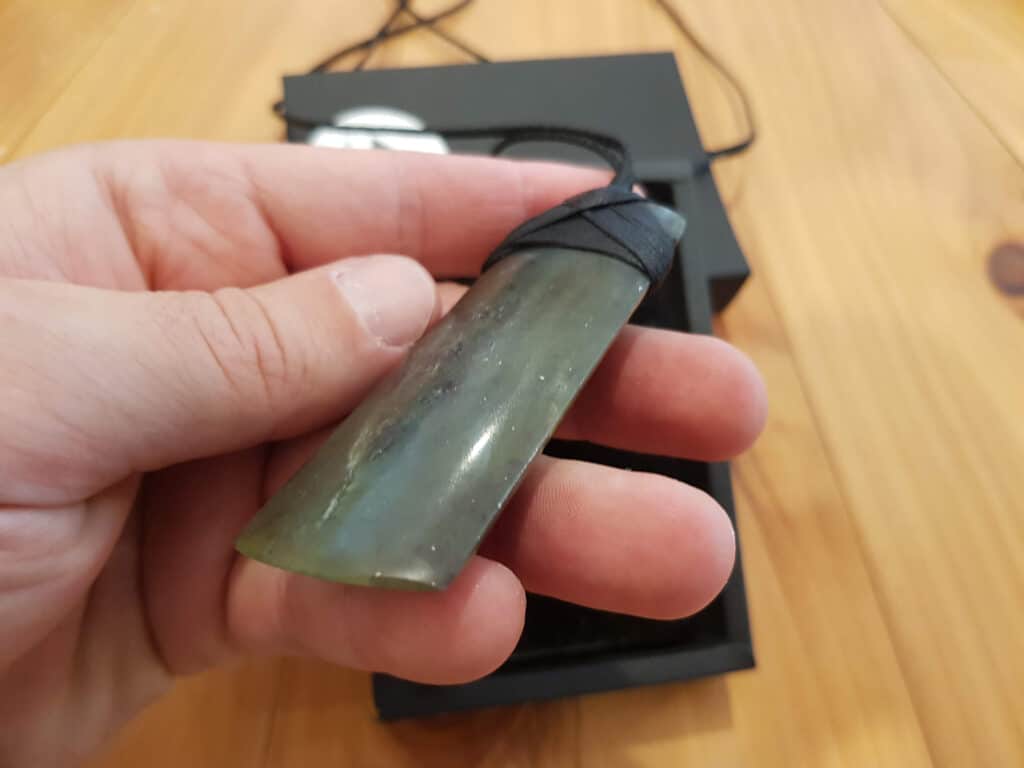
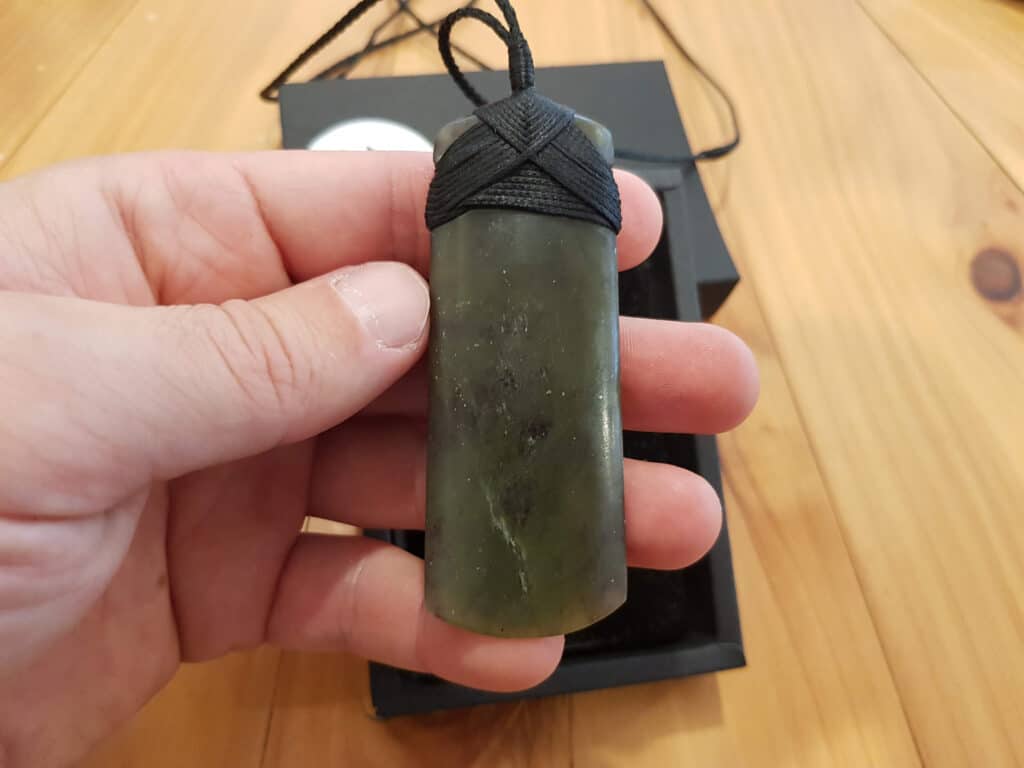
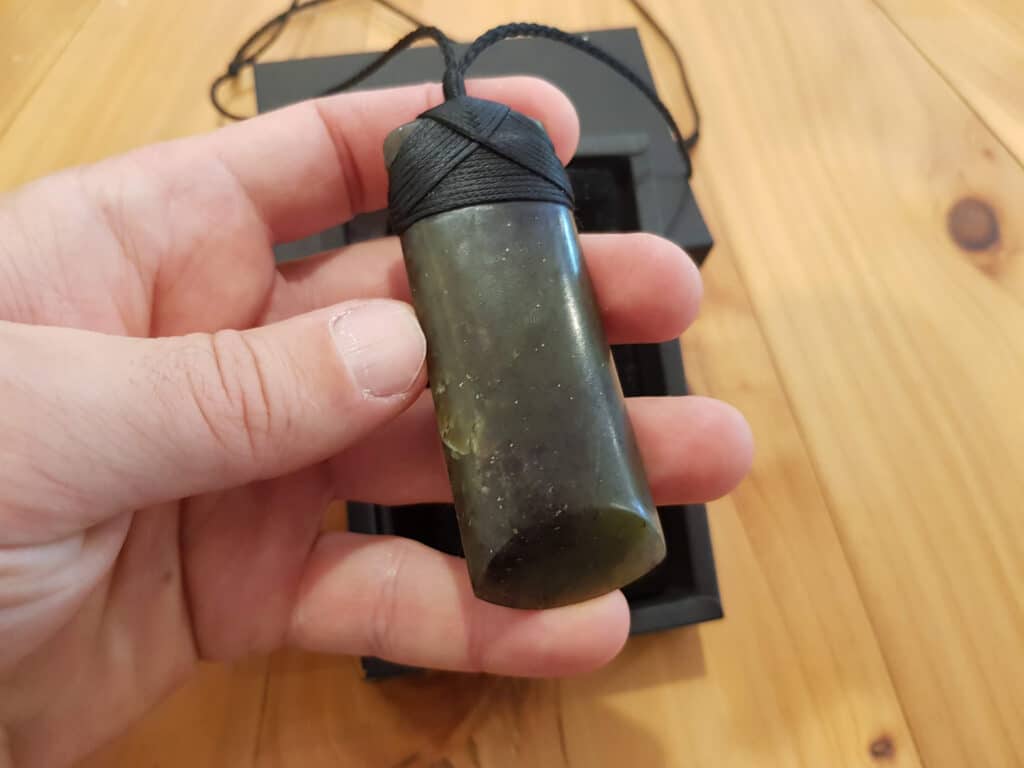
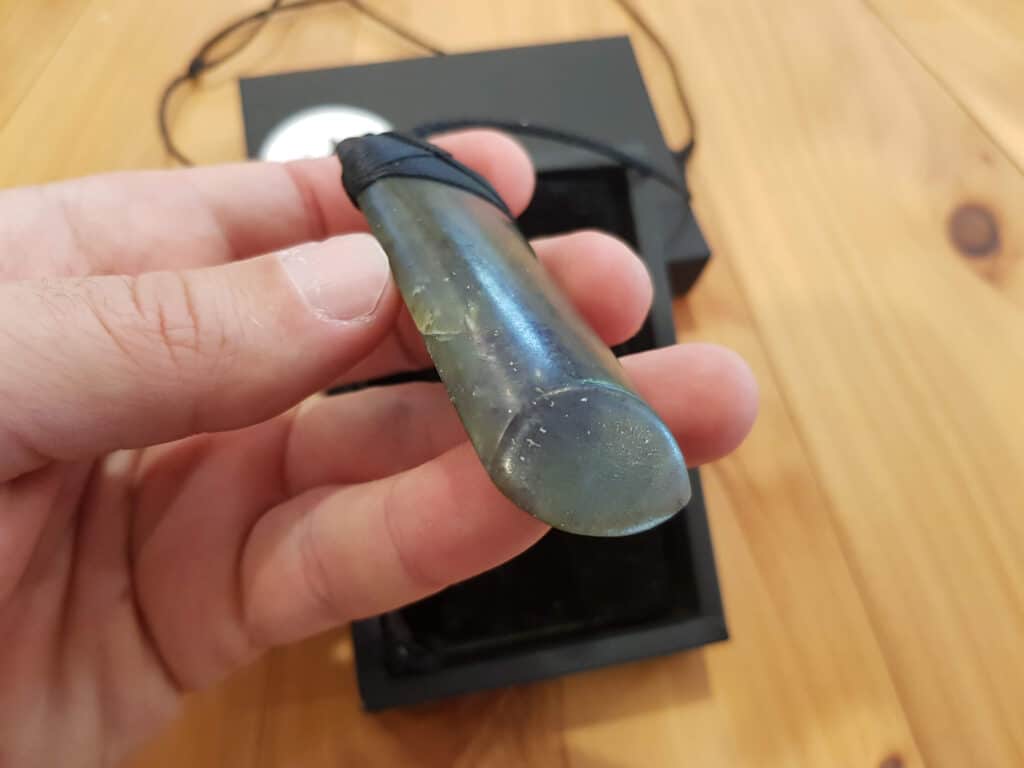
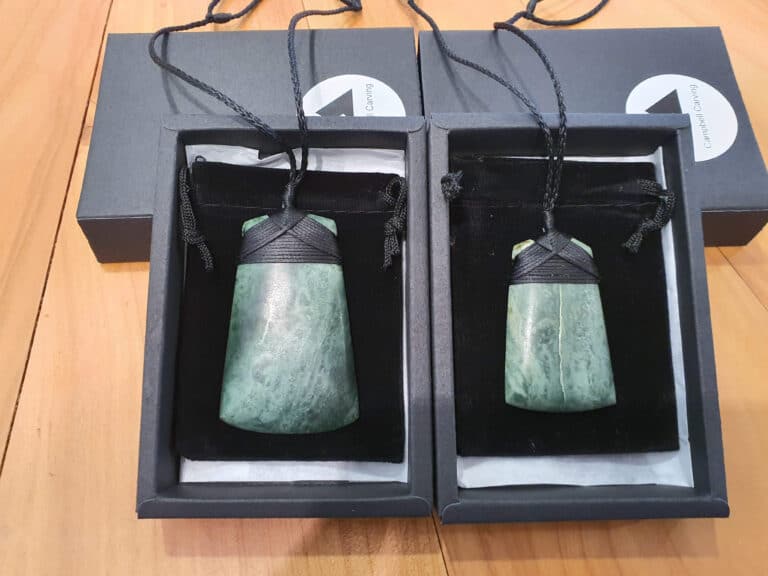
The connection between Matua and Tama, Father and Son is special and unique. A set of pounamu is a way to bring that intangible connection in the tangible world. A toki is a form that represents strength, courage, and mana. These are things we hope to instill in our tamariki as they grow. These toki…
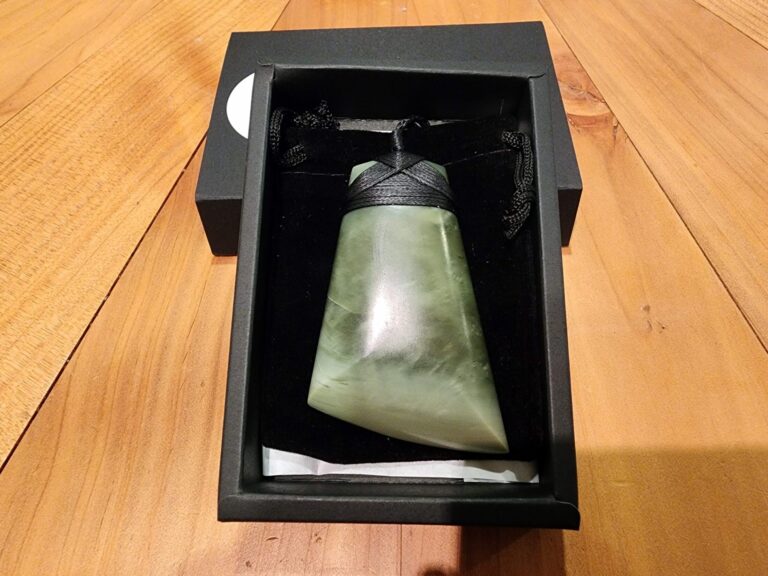
The Mauri is a unique pounamu toki pendant, carved from pale to mid green inanga pounamu. Its dimensions of 8cm in length and 12mm in thickness create a solid and substantial piece. Enhanced by pipiwharauroa shimmer, Mauri invites a tangible connection with the holder. The toki represents the Māori symbols of power, authority, and control….
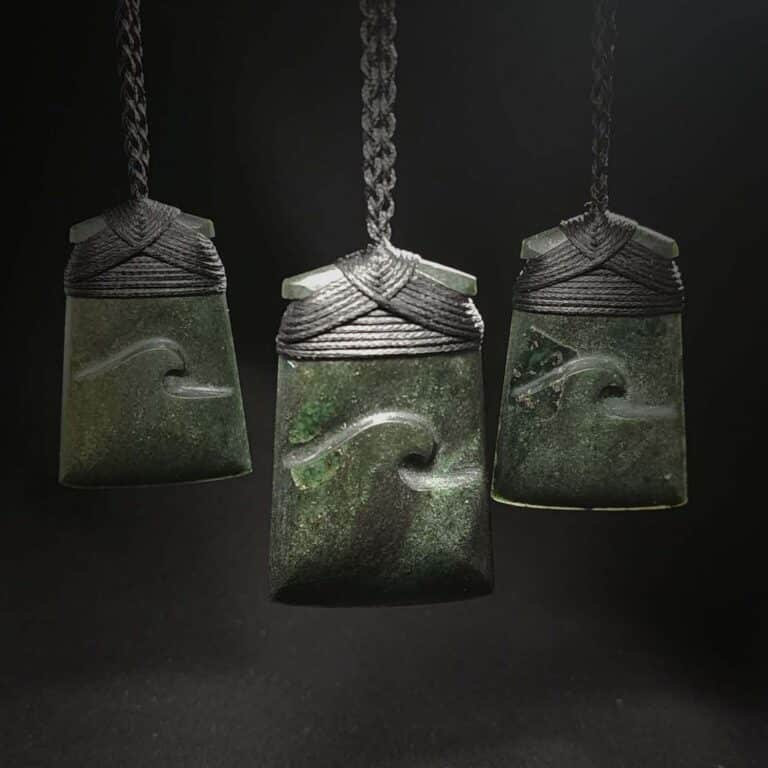
This set of three Toki is called Tai Ora, meaning The Living Tides. It symbolises the constant movement of the ocean and the unbreakable connection between a father and his sons, no matter the distance. Each Toki is carved from the same piece of Pounamu, a physical representation of their bond. The waves carved into…
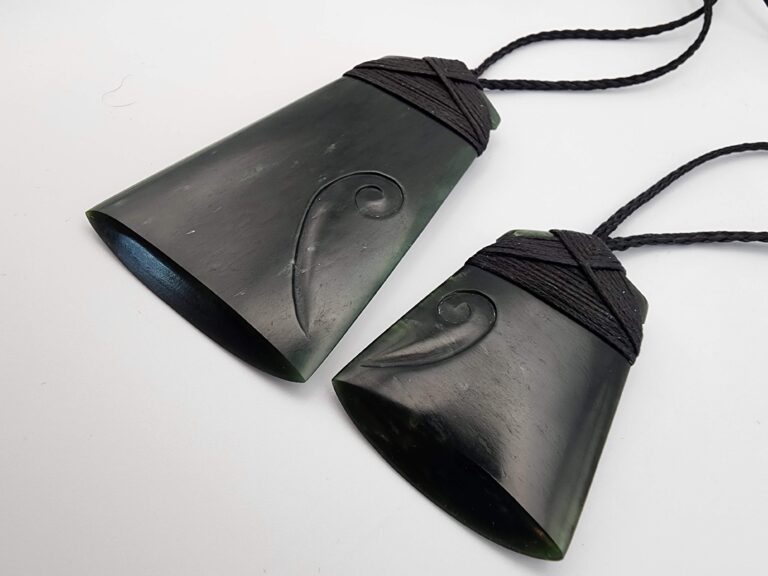
“Te Hononga Manawa”, our Heart Connection Set, where these Kawakawa Pounamu Toki carved tells a story of unity that binds the hearts of whānau. This unique set, embodying a parent and child’s lifelong bond, is a testament to the enduring ties that Pounamu can represent. Crafted from the same stone, these Toki pendants are a…
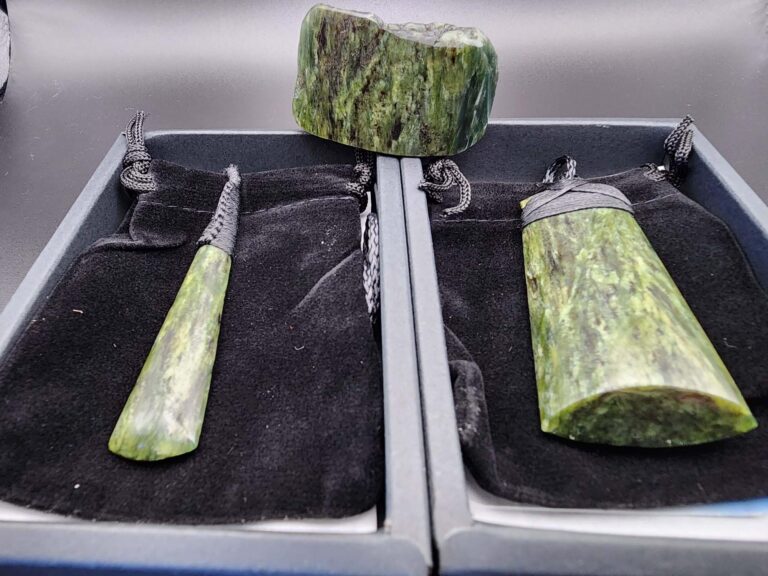
At Campbell Carving, we’re constantly amazed by the natural wonders that come through our doors. Recently, a customer brought in a pounamu cobble they found on the beach. What appeared to be an unassuming stone held a hidden treasure trove of colour inside! This particular pounamu revealed stunning shades of green, ranging from deep emerald…
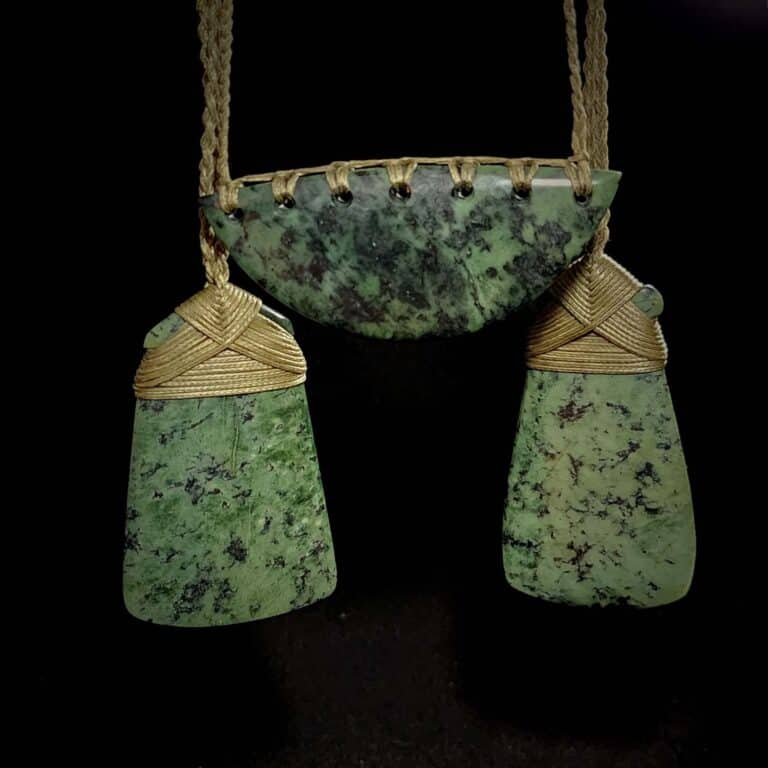
This set of three taonga was carved as a special commission for a customer who had sourced his own jade from overseas and arranged for it to be sent directly to me. While this jade is not Pounamu, it was still treated with the same respect and intention I give to all taonga I create….